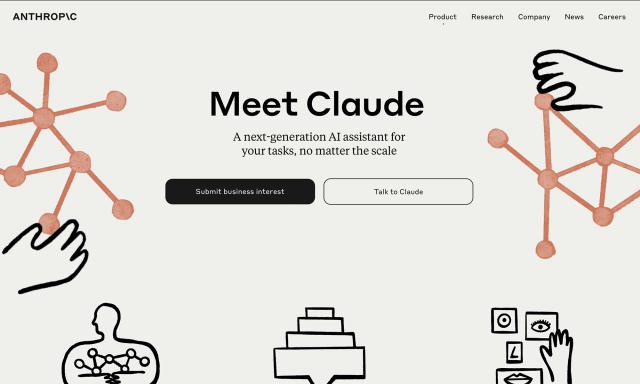Today marks a significant advancement in the field of natural language processing and AI chatbot technology with Anthropic’s launch of Claude 2.1. This enhanced version takes on the limitations of AI-driven textual analysis by dramatically increasing its context window to a staggering 200,000 tokens. This upgrade allows users the unprecedented ability to submit comprehensive texts—such as the entirety of Homer’s “The Odyssey”—for in-depth AI analysis.
The introduction of Claude 2.1 is not only impressive due to its expanded context capacity, which is the largest in the industry. Users can now feed the chatbot complex materials including entire codebases, detailed academic research, comprehensive financial statements, and works of literature. This robust processing capability can handle approximately 150,000 words or over 500 pages of content, opening the door to an array of new applications for industries and users alike.
Anthropic has leveraged this feature to offer functionalities like summarizing extensive documents, tackling specific inquiries regarding the content within them, and even comparing and contrasting multiple documents to discern patterns less evident to the human eye. This AI capability considerably cuts down the time needed for these tasks, which historically required hours of painstaking human analysis.
Nevertheless, such intricate tasks do come with time considerations. A caveat mentioned by the company indicates that responses to inputs of this length may take longer than the typical few seconds for simpler requests. While users might have to wait for several minutes, as stated in Anthropic’s announcement, the expectation is that latency will decrease as the technology evolves.

Another important development within Claude 2.1 is its marked decrease in the rate of “hallucinations,” a term used to describe situations where AI chatbots confidently deliver inaccurate information. The new version has slashed hallucinations by half compared to its predecessor, embracing a cautious approach where the AI is twice as likely to express uncertainty rather than provide an incorrect answer. Additionally, Claude 2.1 shows a 30 percent reduction in errors when working through very long documents and is significantly less prone to incorrectly validating specific claims based on the information provided.
For developers, Claude 2.1 comes with a suite of new features designed to enhance their experience. A Workbench console has been introduced, which serves as a developer playground, enabling the fine-tuning of prompts and optimization of the model’s behavior. The introduction of the Workbench console elevates the platform’s usability by assisting in the crafting of prompts and the testing of multiple variations, aiding developers in extracting the chatbot’s full potential. Furthermore, a beta feature called “tool use” empowers Claude to seamlessly integrate with users’ existing processes, products, and APIs. As explained by Anthropic, this could range from performing complex calculations to converting natural language into structured API calls—thereby transforming Claude into a versatile component within a developer’s toolbox.
Despite the potentials, Anthropic underlines that the “tool use” feature is still in its early stages and the company encourages users to provide continuous feedback for improvements. This demonstrates an ongoing commitment to collaboration with their user base in refining and enhancing their AI offerings.
In conclusion, Claude 2.1 emerges as a formidable rival in the AI space, ushering in a significant leap in natural language processing abilities. With its elevated token limit and accuracy enhancements, it paves the way for deeper, more nuanced interactions between humans and machines. As AI technologies like Claude continue to evolve, we stand on the precipice of a future reshaped by the power and potential of artificial intelligence.



